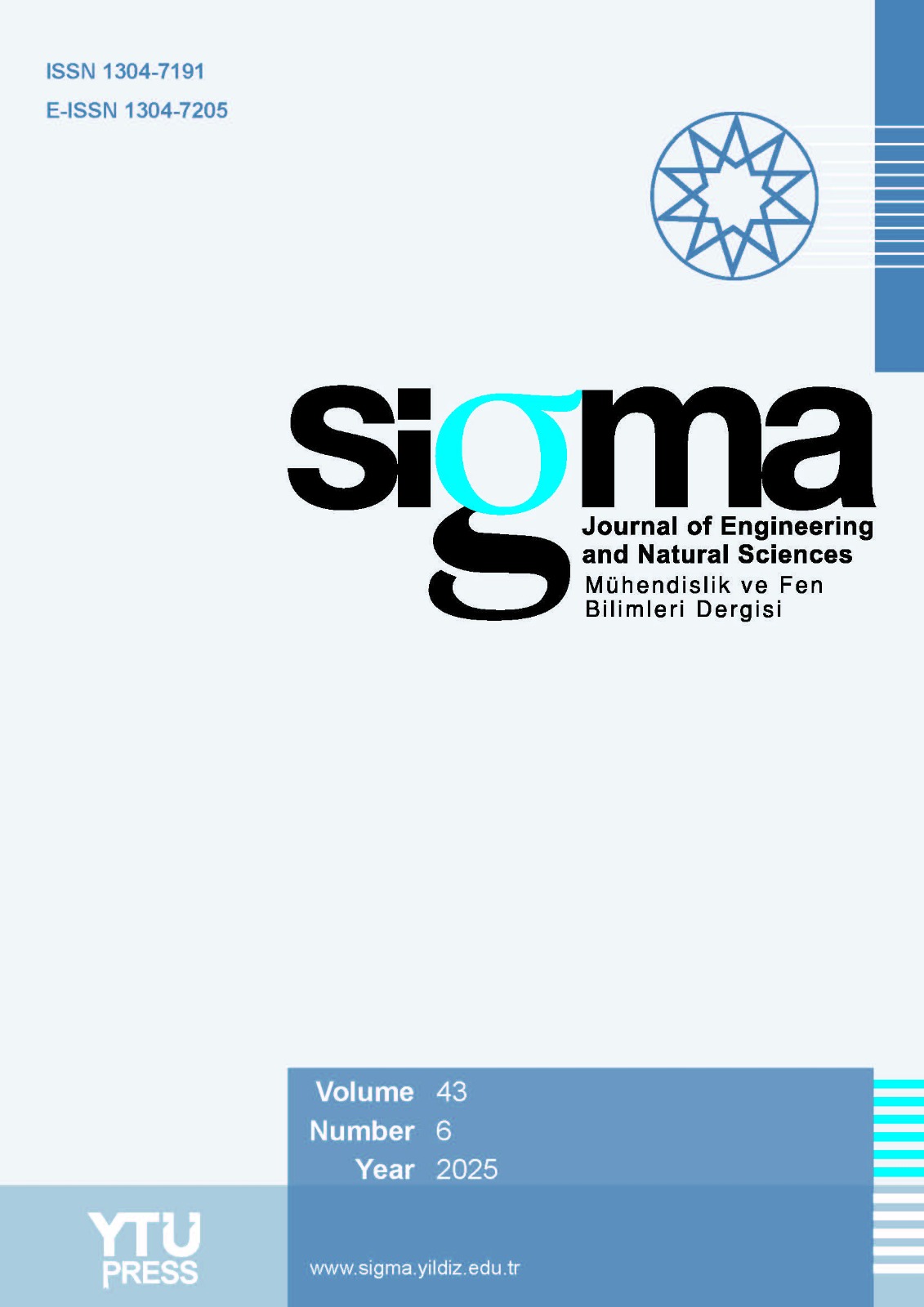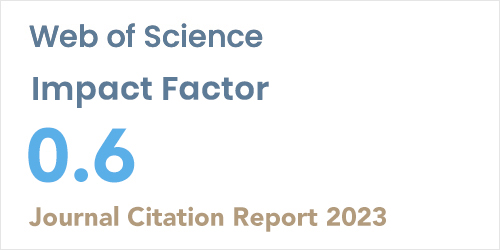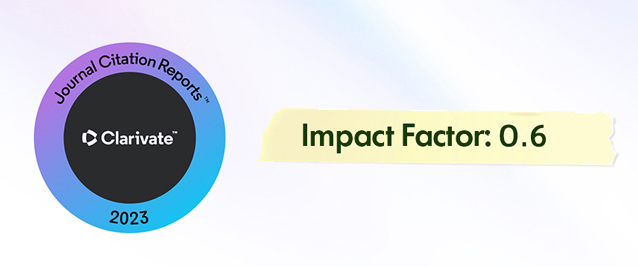2Department of Electrical & Electronics Eng., Faculty of Tecnology, Sakarya University of Applied Sciences, Türkiye
3Department of Electrical & Energy, Sakarya Vocational School, Sakarya University of Applied Sciences, Türkiye
4Department of Computer Engineering, Sakarya University, Türkiye
Abstract
Electric machines are one of the tools that humanity has used for a long time and have become indispensable in the modern world. Electric machines produced in the form of transformers, motors, and alternators are designed in various groups. Permanent magnet synchronous motors (PMSM) belong to the group of motors in which the magnetic field is generated by permanent magnets, although they have a synchronous operating principle. Optimization studies are carried out to make PMSMs more efficient and develop them in different topological structures. Today, many optimization techniques are used in this field. Random search and gradient-based optimization algorithms are preferred for the optimization of electrical machines, as in many other fields. In this study, the efficiency optimization of a surface-mounted permanent magnet synchronous motor is performed using Genetic Algorithm (GA) and Adaptive Multiple-Objective (AMO), which are random search methods, and Sequential Nonlinear Programming (SNP) and Adaptive Single-Objective Optimization (ASO), which are gradient-based algorithms. In addition to more than a 5% efficiency increase is achieved in all these methods, it was also found that random search techniques achieve faster results, while gradient-based systems produce more feasible results within the constraints. In addition, the model that provides the best efficiency value in accordance with the constraints was analyzed with the 2D finite element method and it was seen that it gave positive results in terms of air gap distance, air gap flux density and torque ripple. Demonstrating the success of this research is an acceptable efficiency increase rate was obtained compared to similar studies. Results of this study will contribute to lack of studies in literature examining random search and gradient-based optimization methods together among electrical machine optimization research.













